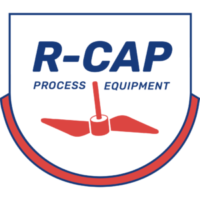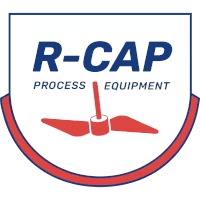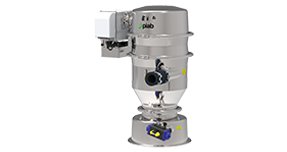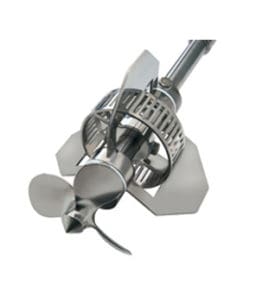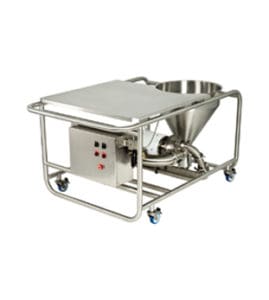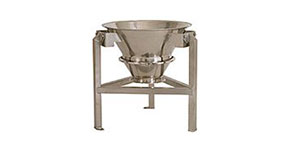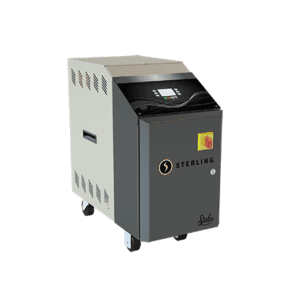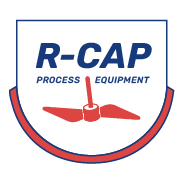The Nutraceuticals Industry
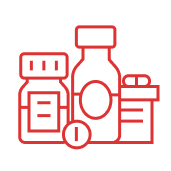
Understanding the Pet Food Industry
With threats like viruses and chronic diseases on the rise, Americans are becoming more health-conscious. People are turning away from traditional medical treatments and toward more natural, holistic ways to stay healthy and fight infections—including nutraceuticals.
It’s more important than ever for nutraceutical manufacturers to invest in high-quality equipment and improve their processes given this increase in demand for their products. Let’s take a closer look at what nutraceuticals are, what they’re used for, and how they’re produced.
What Is a Nutraceutical?
Coined in 1989, nutraceutical was defined by the New York-based Foundation for Innovation in Medicine as “any substance that could be considered food or part of a food that provided health or medical benefits.” The term is a combination of “nutrient” and “pharmaceutical.”
Nutraceuticals are food products or by-products that offer various health benefits other than basic nourishment. Unlike pharmaceuticals, they focus on prevention rather than treatment to help people live healthier, longer lives.
Nutraceuticals contain vitamins, minerals, and antioxidants that help prevent diseases often caused by poor nutrition and unhealthy habits. They come in pill, capsule, tablet, powder, and liquid form. Common examples include dietary supplements, probiotics, health beverages, soups and cereals, and herbal supplements.
The Difference Between Nutraceuticals and Pharmaceuticals
While they achieve a similar purpose, nutraceuticals and pharmaceuticals are not the same. Pharmaceuticals are drugs made with synthetic ingredients that are specially formulated to diagnose, treat, and prevent certain diseases. These drugs undergo strict testing and must abide by certain regulations as outlined by the Food and Drug Administration (FDA).
Nutraceuticals, on the other hand, are dietary supplements and similar products that enhance overall health and well-being to reduce one’s risk of contracting a disease. They do not treat any specific health conditions. Nutraceuticals are made with natural ingredients and aren’t subject to the same health regulations as pharmaceuticals.
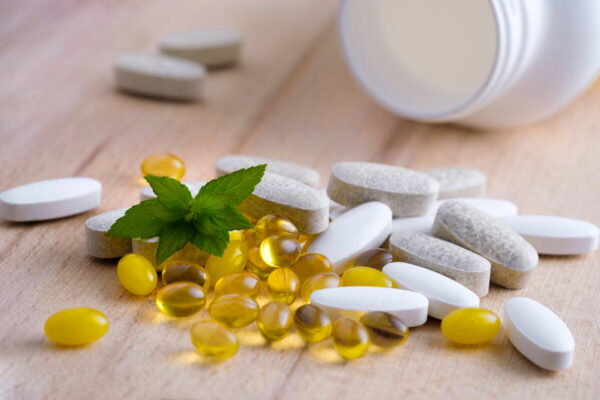
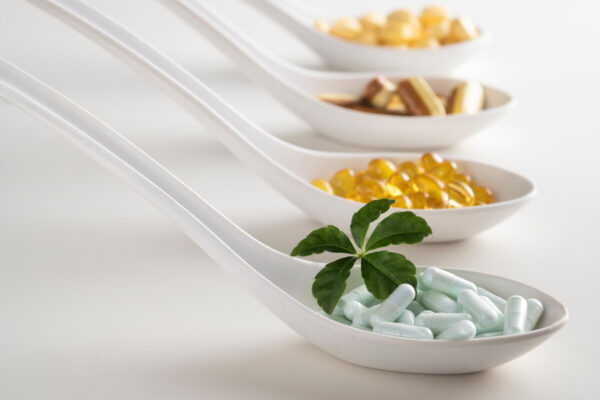
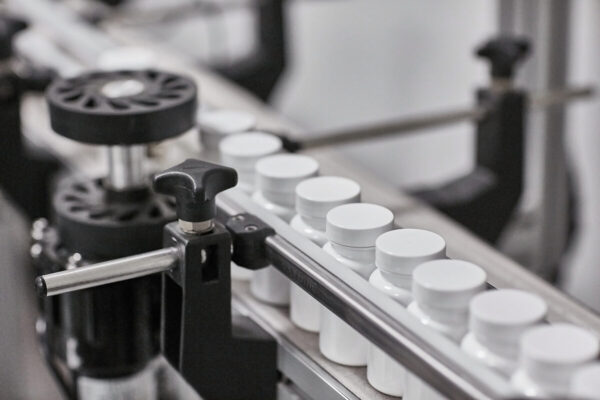
Common Processing Applications
Protein Drinks
Nutraceutical manufacturing equipment combines whey, milk, egg whites, and vegetable and beef proteins to produce various protein drinks. Flavors, sweeteners, and other components such as lecithin, enzymes, amino acids, carbohydrates, and fats can also be added to the mixture.
Supplements
Dietary and herbal supplements are some of the most popular nutraceuticals in today’s market. Thanks to supplement manufacturing equipment, these products can be added to meals, sports nutrition products, and natural food supplements for enhanced nutrition.
Vitamins and Minerals
Our vitamin processing equipment is used to combine dietary supplements and vitamin powder pre-mixes, which can include vitamins, minerals, fiber, fatty acids, and some amino acids.
Probiotics
Probiotic manufacturing equipment produces various probiotics, which help suppress unhealthy microbes to help your body fight infections. This process leads to improved gut health.
Ingredients Found in Nutraceuticals
These ingredients are often found in nutraceutical products:
Nutraceutical Process Equipment
Let’s take a closer look at the types of nutraceutical processing equipment we use.
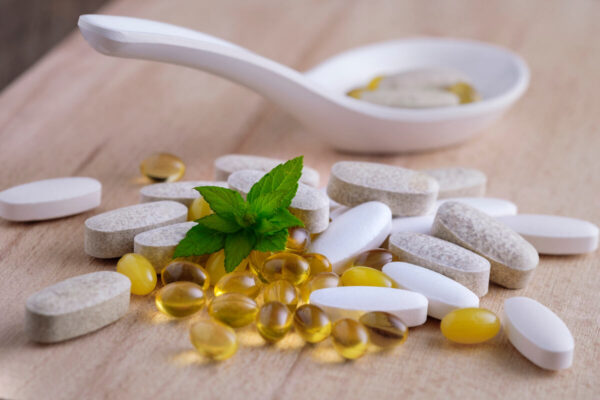
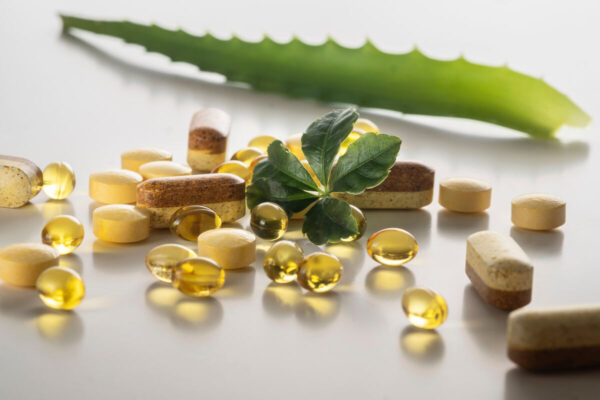
Steps in the Manufacturing Process
Probiotics
Strain Selection: Different strains have different features that offer unique benefits. For example, some strains help build immunity while others help people digest lactose.
Media Formulation: The media is tested to determine whether it would survive in the intestinal tract and for how long.
Fermentation: The nutrients and equipment used to process them are sterilized to remove any contaminants.
Centrifugation: When probiotics are packaged for distribution, they begin to lose freshness and stability. Centrifugation helps maintain the product’s stability and keep it fresh for a longer shelf life.
Blending: Probiotic formulas that have multiple strains can be mixed with prebiotics, flavors, and binders to balance the texture.
Other Nutraceuticals
Raw Materials: High-quality, FDA-approved raw materials must be used to ensure product safety and efficacy.
Formulation: Formulation involves calculating the right doses of those raw materials.
Testing: Raw materials must undergo a quarantine period to be tested for potency, microbiological compliance, and the presence of heavy metals.
Production: Now it’s time for the product to be produced. This stage involves testing the product for uniformity, dissolution, and stability.
Key Factors in Nutraceutical Manufacturing
These factors play a key role in the manufacturing process:
The product must meet certain health and safety standards.
Allergens, microbial contaminants, and residual particles are eliminated to prevent cross-contamination.
Materials should be handled safely to minimize downtime and maximize productivity.
Nutraceutical manufacturers must abide by all Good Manufacturing Practices and other regulations outlined by the FDA to make sure products are effective and safe to consume.
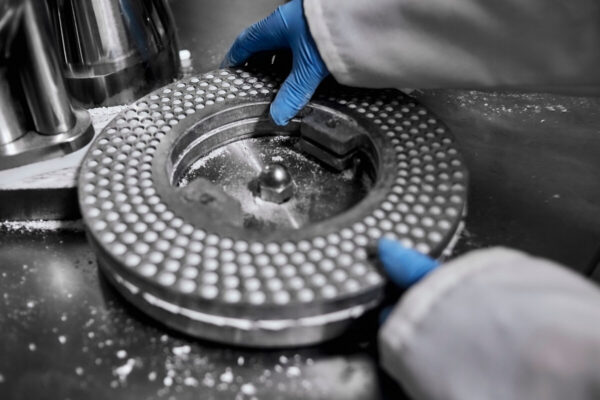
Reliable Processing Solutions for Nutraceutical Manufacturing
R-Cap Process Solutions is the trusted name in nutraceutical manufacturing. From top-rated processing equipment to convenient technical support, we have what it takes to help you maximize productivity and boost profits. Contact us today to find the right solution for your nutraceutical processing needs.
